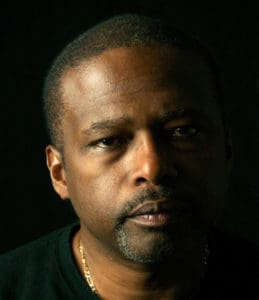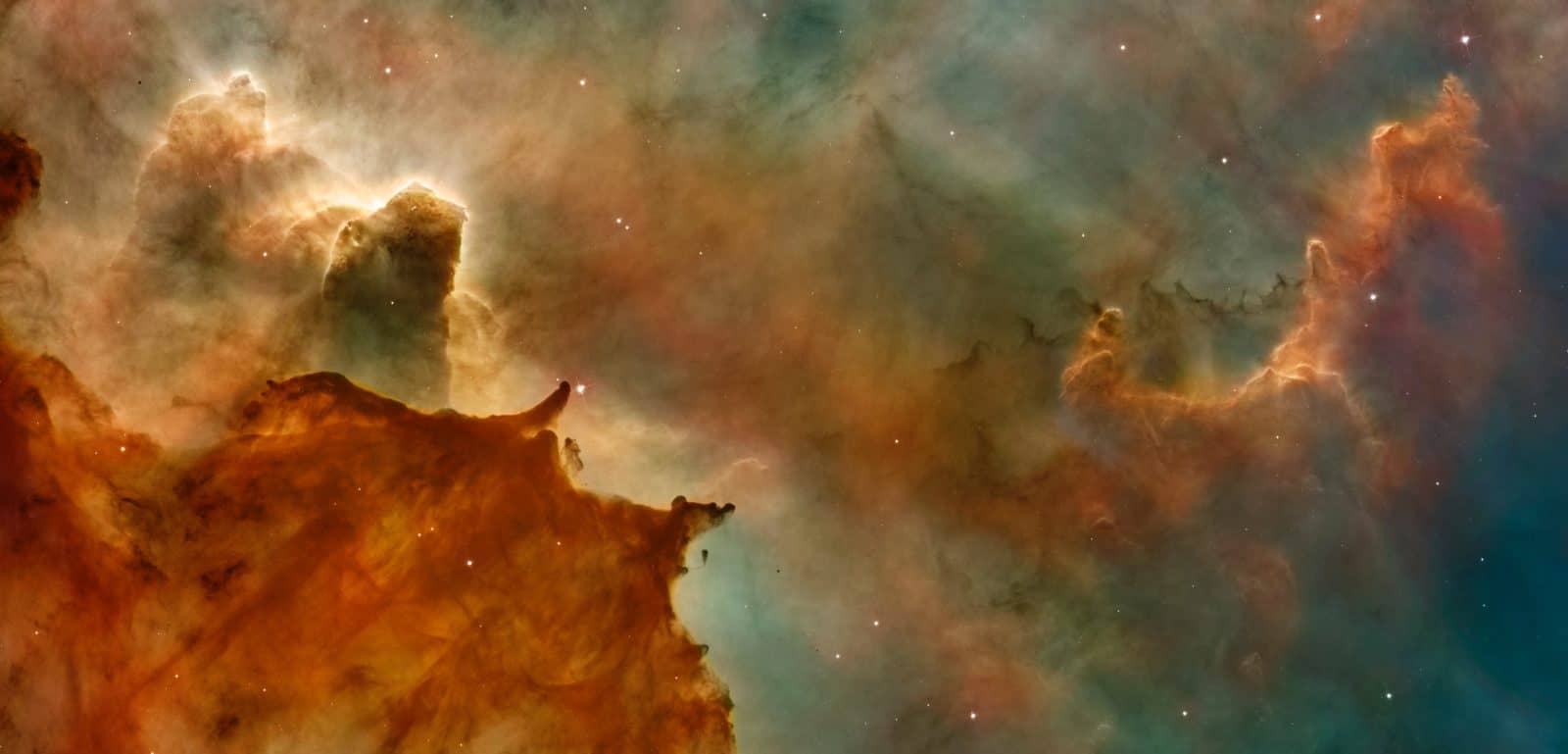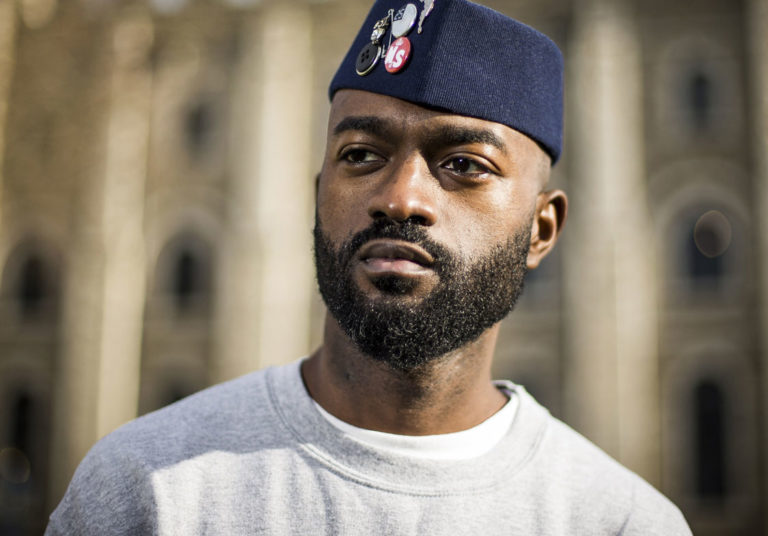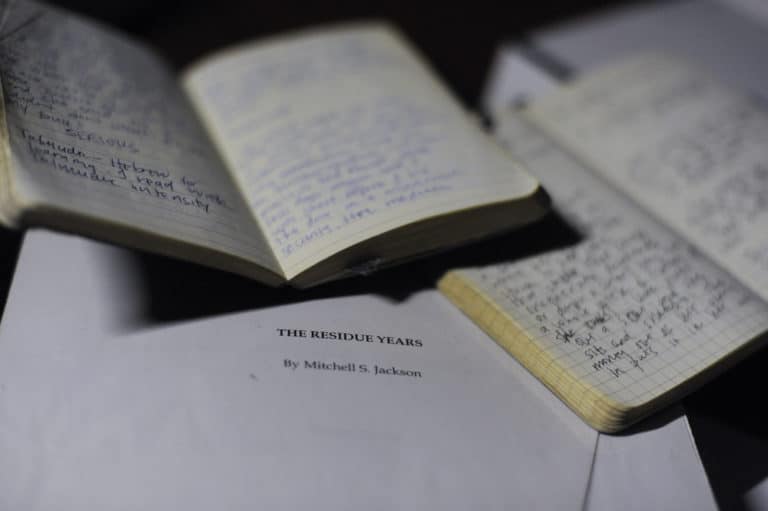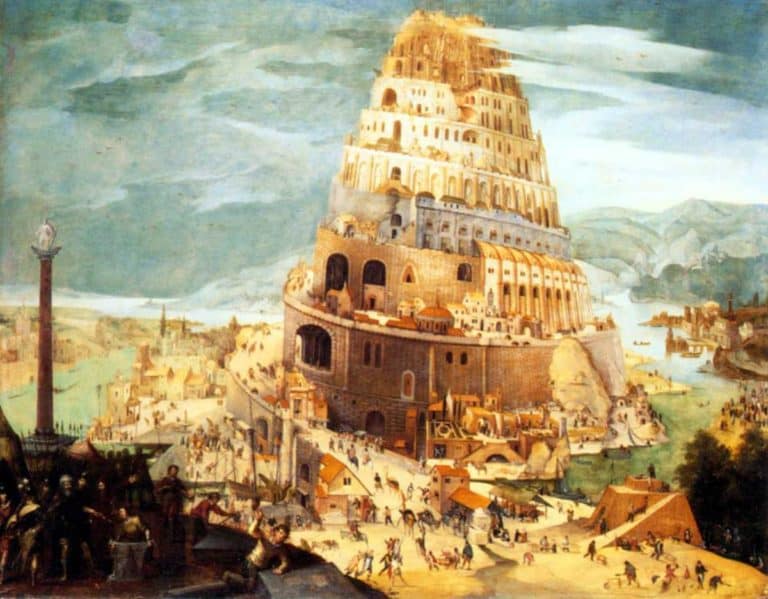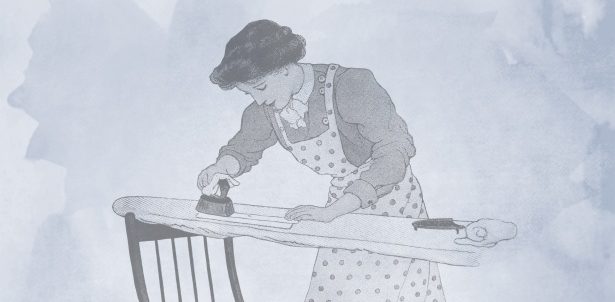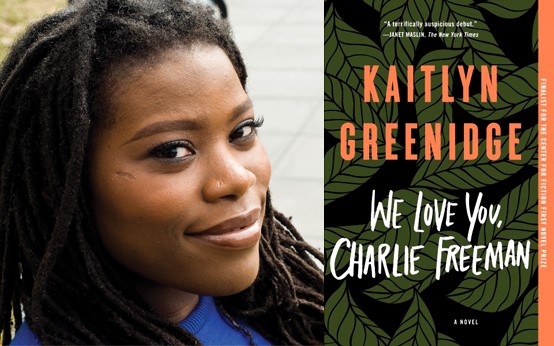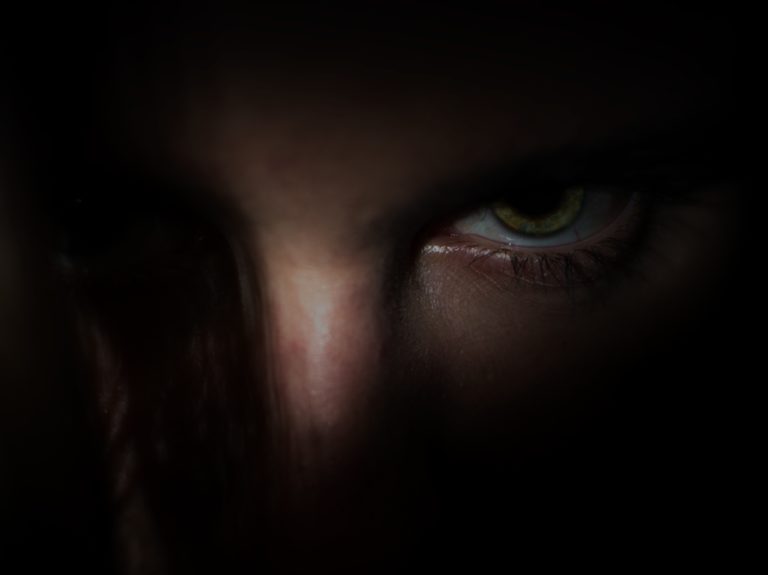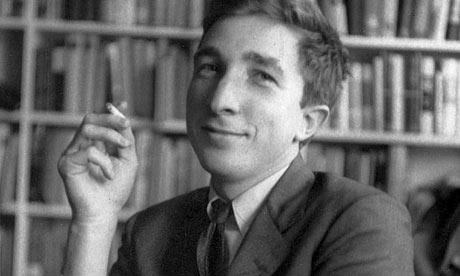I was twelve years old in 1975 when I first heard the beautiful and haunting Michael Murphy song “Wild Fire,” which is about a ghost woman who rides on the magical pony that the song is named after. On stage, Murphy often introduced the song with a few succinct sentences about its unusual origin. The long and short, the lyrics came to him in a dream. During interviews, he would concede that he didn’t know what the lyrics were about; in time, however, as the years went on, he began to offer several deliberate ideas. In a 2016 interview, Murphy starts out by saying that the “song came from deep down in my subconscious,” only to go on and cite a specific origin for the lyrics: “My grandfather told me a story when I was a little boy about a legendary ghost horse that the Indians talked about. In 1936, author J. Frank Dobie identified this ghost horse story as the most prominent one in the lore of the Southwest.”
In the same interview, Murphy presents a pointed interpretation of the lyrics. The song is about “getting above the hard times.” Even more, Murphy, a devout Christian, sees the song as expressing the beliefs of his faith. “I also think a lot of it is wrapped up in my Christian upbringing: In the Biblical book of Revelations, it talks about Jesus coming back on a white horse. I came to be a Christian when I was five or six years old, and I was a cowboy kid with Gene Autry and Roy Rogers, so when the preacher told me that Jesus would come back for me on a white horse, I was all wrapped up in that. In the ghost story, the horse is a symbol of the Savior, in the same way C.S. Lewis used animals in The Chronicles of Narnia.”
Murphy’s pontifications about folklore and liturgy may be heartfelt, but they strike me as disingenuous, as talking points designed to curtail any deeper digging. To start, I would argue that the lyrics are personal inasmuch that when Murphy wrote them he was going through a difficult period where he had to work long hours each day in an environment that he found morally repulsive, the Los Angeles music scene. Murphy lived up in the mountains outside L.A., but had to drive into the city each day to work on material for a Kenny Rogers album. In the 2016 interview, Murphy has this to say about what that was like for him: “When I lived in California in the late ’60s, a lot of my friends were into the culture of the day—drugs and free sex—and I felt out of place there.” I would go so far as to say that these were the “hard times” that Murphy wanted to escape when the song emerged from his “subconscious.
***
However, the disturbing thing here is that the desire for escape takes the form of death. In the final verses of the song, the narrator joyously prepares to ride off with the ghost woman on the magical (ghost) pony:
She’s coming for me, I know
And on Wildfire we’re both gonna go…
On Wildfire we’re gonna ride
Gonna leave sodbustin’ behind
Get these hard times right on out of our minds
Riding Wildfire
The narrator embraces freedom by leaving the world of the living to journey into the underworld, in other words, by self-extinction, suicide.
Here’s the rub: Murphy would give a rational and sanitized explanation for matters that are anything but. Indeed, wildfires are a destructive phenomenon of nature. Other lines in the song also suggest uncontrollable forces (the ghost woman rides the pony with a “whirlwind by her side”). In addition, the very language of the song feels unruly if not explosive with its curious inversions and anachronisms (“sodbustin’”).
Murphy and his producer recognized that the song was nothing like the other tracks that Murphy was writing for the Kenny Rogers album—he went on to record it for his own album—further proof that the song was received as Murphy has always claimed. I suspect that the Surrealists, André Breton and his fellow travelers, would have envied Murphy, for such spontaneous creation was their desired method. Despite their Freudian tendencies, they valued the irrational above all else and sought to create unfettered and primal art.
At its best, surrealist imagery shocks and suggests, but ultimately befuddles. A great example is the scene from Luis Buñuel’s film The Discreet Charm of the Bourgeoisie where roaches emerge from a piano while a man is being tortured. Whenever I teach the film, I always ask my students the misleading question, “what do the roaches represent?” And my question will always provoke some well-thought-out answers, much like Murphy with his song. No surprise here. That is because, for whatever reason, many of us resist the idea of art as symbolic in the way that Jung meant it.
In his essay “Approaching the Unconscious,” Jung argues that no one can consciously compose a symbol since symbols are “natural and spontaneous products” (41). He goes on to say that in “dreams, symbols occur spontaneously, for dreams happen and are not invented; they are, therefore, the main source of all our knowledge about symbolism” (41). What does this mean in terms of making art? If we take Jung at his word, an artist may do little more than channel symbolic material into a text, never create it. “No one can take a more or less rational thought, reached as a logical conclusion or by deliberate intent, and then give it ‘symbolic’ form,” for a symbol “hints at something not yet known” (41). Jung is onto something here. I would go so far as to say that the most important function of art is to push us into the unknown, beyond the limits of brain and biology.
***
My first-grade teacher arranged for me to receive a scholarship to a special program for budding artists at the Art Institute of Chicago. I was seven years old and knew next to nothing about art, other than the names of a few famous painters and sculptors. I equated art with celebrity and wealth, so when my mother gave me word about the scholarship, I ran about our modest apartment on the Southside of Chicago screaming, “I’m going to be rich like Picasso.” And with that in mind, I went to the museum for a few hours every Saturday throughout my elementary school years to take classes in sketching and drawing, watercolor, collage, pottery, ceramics, textiles (mosaic), and modeling in clay. Be that as it may, I never gained proficiency in any medium. In fact, I had many schoolmates who had no formal training but who were seemingly blessed with a natural talent for drawing.
To this day, I wonder what it was about me that made my first-grade teacher think that I was an ideal candidate for this selective program at one of the world’s most prestigious museums, wonder what it was about me that caught her attention, that singled me out as an artist. Perhaps she recognized that I saw the world in a way that other people didn’t, although I was only seven years old.
I need to go against the grain and state flat out that I don’t believe all children are “creative” and for that reason that all children are potential artists. I say this in part because, looking back, I can pinpoint the exact moment when I began to think like an artist. I might have been nine years of age, no older than ten, sitting alone on our couch at home watching an Alfred Hitchcock movie on our beat up, black-and-white television. In one scene, I noticed the way that the camera zoomed in on a doorknob, and I thought to myself, “why did they show us that?” From then on I became conscious of style, of a movie or a book as the expression of a person behind a camera or with a pen in hand who had his own way of seeing things.
I started to write stories that mimicked the books I read, and the movies and television shows I watched. Writing was easy for me. Words came and I put them down on paper. And I received compliments from teachers and other adults, who encouraged my efforts. All this is true, but I would say that writing at this stage of my life was little more than a hobby that I enjoyed. The true process of imagining had not begun.
My mother worked as a domestic (“day work”) for a wealthy, white family in the suburbs. From time to time, she would have to go there for the weekend, and whenever she did, she would bring me along with her to sleep in one cozy bedroom in that large, beautiful, and immaculate house. Back home in my own narrow bed, I started to imagine stories about a black family that lived in that same house. Each night I would create a new chronicle about the family and let it play out in my mind until I fell asleep, my own private soap opera that gave expression to my deepest fears and hopes. And so, I became a writer, although I never once put any of these narratives about the family to paper. Mind makes the thing.
That said, I can offer no reasons for why I became a writer. Much easier to speak to my development, my mastery of craft, as it were. Perhaps at some point, to borrow an idea from psychologist Lev Vygotsky, language began to shape (or reshape) my mind. Even if that were the case, this process only furthered what was already there, what was already inside me. Nothing under the sun can turn someone into an artist. Whatever the mercurial cause, the mind of the artist is different.
***
Perhaps we find our best evidence for the neural underpinnings of artistic creation in the documented, but rare instances of savants and ordinary people who suffer some brain injury that leads to a passionate interest in making—two subjects that the late neurologist and author Oliver Sacks wrote so movingly about in books like An Anthropologist on Mars and Musciophilia. These medical-case-wonders astound their audiences in only two art forms, music and drawing (and painting.) Indeed, only one case on record involves a writer, Caedmon, a seventh century goatherd who attended to the animals at a monastery. According to legend, although Caedmon lived at the abbey, he knew neither how to sing nor how to compose religious verses. However, one night a nine-line hymn came to him in a dream. The abbess was so impressed by the song that she invited Caedmon to take monastic vows. He did and spent his life in the abbey composing poems about a variety of Christian topics.
In all likelihood, many of the events in Caedmon’s biography as handed down to us by the historian Bede are farcical. That said, Bede’s account has much to teach us about the discipline and devotion that making art demands. Before anything else, the artist must receive the calling via a dream, a bolt of lightning, or by some other means which puts a fire in the brain, for art is a calling, not a vocation that one can chose or learn. Once an artist receives this calling, he cannot turn back. He has no choice but to confine himself inside a studio and toil at mastery of his medium. And if he is fortunate, he will produce work that pushes past the everyday into other realms of felt life.
***
I first heard the song “Wildfire” on the A.M. radio station that my mother had the peculiar habit of listening to for several hours each morning before she left for work. Peculiar because I knew that she enjoyed soul music—Aretha Franklin, James Brown, Marvin Gaye, Curtis Mayfield, the Temptations—as did everybody I knew, although the songs she went about the house singing at home were always church songs. I have no recollection of her ever singing any of the tunes from the radio station. In time, I came to understand that “easy listening” music was a form of relaxing white noise for her that allowed here to escape from the harsh realities of the moment: her job; life as a single parent; and the poverty, crime, and racism that typified Chicago even then. In the same way that Miller longed to escape hippie L.A., my mother wanted to escape Chicago.
But music was also a form of memory as I came to learn. When I was sixteen years old, I developed an interest in the blues, an interest that my mother found troubling. The music represented nothing for me. I mostly listened to it because I thought it was a good way to teach myself to play the guitar. However, it represented everything to my mother. It brought back memories of the segregated Mississippi that she had come to Chicago to escape, a past she didn’t want to remember.
Still, she encouraged me. And, believe me, I needed her reassurance. No matter how much I practiced, I seemed unable to improve. Now I understand that this phase of my life was an important period of my apprenticeship as a writer. Indeed, musical composition is the medium closest to writing for the simple reason that musical imagery involves a process of creation akin to the method that fiction writers use to construct narratives. In his book Musiciophilia, Oliver Sacks points out that many “composers…do not compose initially or entirely at an instrument but in their minds” (33).
Marcel Proust has much to say about this idea in the Swann section of Swann’s Way. Composer Vinteuil’s “little phrase” that Swann hears time and again begins to change in meaning as Swann’s relationship with his lover Odette changes. Proust understood that fiction and music are both recursive art forms that involve progressive development through repetition, restatement. As well, of all the art forms, music and fiction achieve their effect in empathy. In the end, the “little phrase” evokes feelings of suffering for Swann, but these feelings by no means exhaust all that the melody contains. As Proust has Swann think in a celebrated passage of the novel:
He knew that the very memory of the piano falsified still further the perspective in which he saw the elements of music, that the field open to the musician is not a miserable stave of seven notes, but an immeasurable keyboard (still almost entirely unknown) on which, here and there only, separated by the thick darkness of its unexplored tracts, some few among the millions of keys of tenderness, of passion, of courage, of serenity, which compose it, each one differing from all the rest as one universe differs from another, have been discovered by a few great artists who do us the service, when they awaken in us the emotion corresponding to the theme they have discovered, of showing us what richness, what variety lies hidden, unknown to us, in that vast, unfathomed and forbidding night of our soul which we take to be an impenetrable void.
However evocative, many other art forms involve a process of creation that relies far less heavily on empathy and internal visualization (imaging) for their achieved effect. By and large, painting involves memory more so than visualization. The painter renders a subject who sits before her/him, or as in the case of Francis Bacon, interprets from photographs of the subject, or uses a textual source for inspiration. (The latter is not unlike what happens to us as we read a novel and create pictures in our mind to complete the physical descriptions.) The modes of representation on the one hand, and abstraction on the other, always involve plastic structure, the immediacy of the materials—the paint, the brush, the canvas, etc. For this reason, painting is a self-enclosed subjective form in a way that writing and music (and acting, directing, drama, and cinema) can never be.
Words in a narrative read us into new forms of habitation and being. The best description I’ve ever found of this process appears in an early passage of Michael Ondaatje’s novel The English Patient. “She entered the story knowing she would emerge from it feeling she had been immersed in the lives of others, in plots that stretched back twenty years, her body full of sentences and moments, as if awaking from sleep with a heaviness caused by unremembered dreams” (12). Hard to imagine a painting that can erase the distance between the canvas and the viewer to allow for full absorption into the lives of other people.
As a static form, a painting embodies consciousness, where the other art forms imagine and express consciousness through a process of empathy that can never be fully parsed and articulated in language. In his essay “Myth in Narrative,” Italo Calvino expounds upon the nature of this shadow narrative: “Myth is the hidden part of every story, the underground part, the zone still unexplored because there are still no words to take us there.” Indeed, in their recursive movement music and fictional narrative push beyond memory to approximate dreams. As Jung noted, “I have found again and again in my professional work that the images and ideas that dreams contain cannot possibly be explained solely in terms of memory. They express new thoughts that have never yet reached the threshold of consciousness” (26).
Jung’s ideas here are important in part because fiction offers the most effective art form to explore human consciousness. While psychology and neuroscience offer insights that the novelist may find useful about the workings of the brain, let us not mistake the brain for consciousness. In the same way that certain novelists in the last century allowed Freud’s concepts to constrain their understanding of human behavior, some novelists today draw on the findings of neuroscience to create reductive narratives with biologically-determined characters. As Marco Roth points out in his illuminating essay “The Rise of the Neuronovel:”
To ground special perceptions and heightened language in neurological anomaly ends up severely circumscribing the modernist project. The stylistic novelty and profound interiority of Ulysses or To the Lighthouse were called forth by normal protagonists…and were proposed as new ways of describing everyone and anyone from the inside out. Modernism seemed revolutionary as long as it threatened to become general: the neuronovel refashions modernism as a special case, odd language for describing odd people.
Important that fiction today not venture down this predictable path of grotesque oddity. My novel Song of the Shank has at its center a historical figure, Thomas Greene Wiggins (Blind Tom), but I made a deliberate decision not to describe or define Wiggins as an autistic savant, a conception that held the danger of reducing him to biology and robbing him of agency. Neurofiction is old-fashioned in the way that it uses biology to circumscribe life, a new mode of naturalism. Make no mistake, fictional narrative must involve agency, struggle, choice, decision.
Of recent efforts, Edouard Levé’s little novel Suicide is a striking example of what can be achieved when a novelist abandons medical science and conventional morality to embrace choice and free will as existential prerogatives for a character who seems doomed by his own biology. At one point, Levé’s unnamed protagonist takes anti-depressants to relieve his profound melancholia. However, the pills cause him to feel like someone other than himself. He stops taking them. “Was a little bit of fake happiness worth losing your free will?” (79). He then tries strenuous physical exercise, an activity that also leads to feelings of disembodiment and estrangement:
You came across a mirror; your face was covered with red and yellow blotches. You approached the mirror; you recognized your physiognomy, but it seemed to belong to someone else. Fatigue disassociated you from yourself…Whatever was happening between your temples and between your eyes and the back of your skull no longer belonged to you (82-83).
When all his efforts fail, Levé’s protagonist chooses to kill himself rather than endure a life of endless emotional suffering. He loses the battle, but that does not mean that he is either weak or a failure. Levé’s point is that consciousness, the self, involves more than just the brain.
Who knows, but perhaps consciousness cannot be destroyed, even when the body dies. Levé’s protagonist holds out this possibility. In his celebrated novel, Pedro Paramo, Juan Rulfo renders consciousness as a phenomenon separate from the body and one that survives the body after death. Protagonist Juan Preciado goes about the ghost town of Comala and hears the town’s former inhabitants talking from their graves underground, sounds that strike him as a constant “murmuring,” an “echo.” And when Juan dies, he continues to think and ask questions, becomes part of the “murmuring,” just as his father Pedro Paramo continues to mourn the loss of his beloved Juliana. At one point, the novel starts to move backwards in time to suggest an endless process of remembering. For better or worse, thought (consciousness, memory, perception, mourning, longing, desire, imagination) is a living thing. As well, in pure surrealist fashion, the novel poses many questions that can never be answered even upon subsequent readings of the text. Did Juan die before he entered the town? Was he ever born? Did he drown in a barn, overtaken by the “murmuring?” Do thoughts ever die? Is the entire narrative only something that Juan (or Pedro Paramo) dreams up? To add to this speculation, the book has its share of mystics. Are their predictions and forebodings true? It would seem so.
Of course, medical science would say no to all Rulfo’s suppositions. Oliver Sacks argues that, “even the most exalted states of mind, the most astounding transformations, must have some physical basis or at least some physiological correlate in neural activity” (12). He may be right.
Still, I would argue that, whatever the neural underpinnings of art, creative expression lasts to the degree that it taps into the murky realm beyond the reaches of rationality and science. Call it ecstasy, the irrational, the marvelous, the uncanny, the mystical, chance and speculation, negative capability, the sublime, the collective unconscious, or myth. Whatever science teaches us about ourselves, art will remain a crucial mode of speculation and revelation. As Jung writes in his book The Undiscovered Self, “Great art till now has always derived its fruitfulness from the myth, from the unconscious process of symbolization which continues through the ages and which, as the primordial manifestation of the human spirit, will continue to be the root of all creation in the future” (122).
Calvino, Italo. “Myth in Narrative.”
Jung, Carl. “Approaching the Unconscious.” Man and His Symbols, edited by Carl G. Jung. New York: Dell Publishing, 1964.
Jung, Carl. The Undiscovered Self. New York: Mentor Books, 1958.
Hackett, Vernell. “Story Behind the Song: Michael Murphy, ‘Wildfire.’” The Boot, December 9, 2016
Levé, Edouard. Suicide. Champaign, Illinois: Dalkey Archive, 2010.
Ondaatje, Michael. The English Patient. New York: Vintage Books, 1992.
Proust, Marcel. Swann’s Way. New York: Penguin Books, 2001.
Roth, Marco. “The Rise of the Neuronovel.” n + 1, Issue 8, Fall 2009.
Sacks, Oliver. Musicophilia: Tales of Music and the Brain. New York: Vintage Books, 2008.
